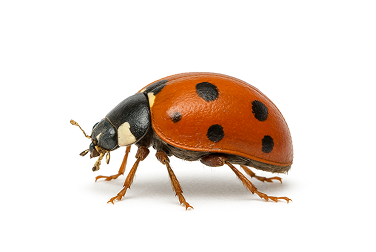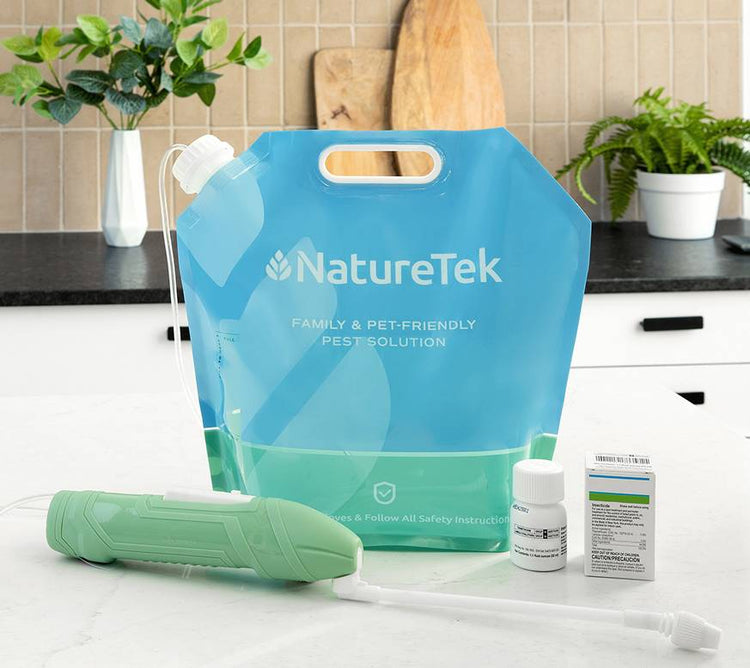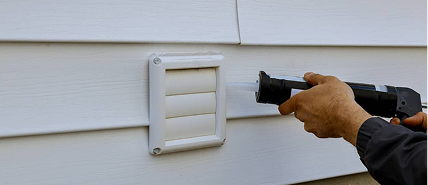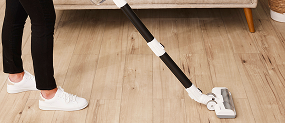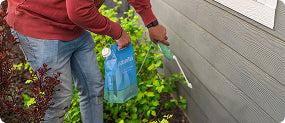Centipedes
Centipedes are common pests found in many homes. Known for their fast movements and unsettling appearance, centipedes can occasionally bite, causing mild pain or irritation. Whether you’re trying to prevent centipedes or address their presence in your home, this guide will help you take care of any centipede problem.

Here are some of the most common centipede species found across households in the United States.
-
Asian Lady Beetle

-
Cigarette Beetle

-
Carpet Beetle

-
Drugstore Beetle

-
Flour Beetle

-
Japanese Beetle

-
Powderpost Beetle

-
Sawtooth Grain Beetle

-
Stink Beetle


Antennae: Long, thin, and multi-segmented, pointing forward.
Size: Can range from 1 cm (small house centipedes) to 30 cm (large tropical species like the Giant Centipede).
Body Shape: Long, flattened, and segmented, with each segment having a single pair of legs.
Color: Typically reddish-brown, yellowish, or orange. Some species may have dark stripes or patterns along their body for camouflage.
Legs: One pair of legs per body segment, with the legs near the head being smaller and the last pair often elongated, giving a trailing appearance.
You can use the following model to help you identify an asian lady beetle .
